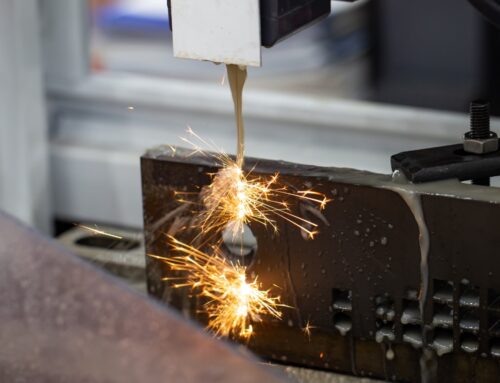
If you are a novice to Kansas City plastic injection molding, you may think that plastic parts are all made using this same method. That is not true. There are other types of molding methods used to achieve the most optimal results. Different molding strategies are used in various industries to provide sustainability.
Gaining a thorough understanding of the many different molding processes is critical to ensuring a successful production run. In this blog, we’ll focus on three of the most popular forms of molding (besides Kansas City plastic injection molding). We’ll also explain some of the details that go along with each molding process.
Transfer Molding
During transfer molding, the material is initially loaded into a chamber before it is forced into the mold. The chamber is not always in the same location. Sometimes the chamber is in the molding machine; other times, it’s in the mold itself.
Most transfer molding projects involve either plastics or rubber. Many of the same types of plastics used for transfer molding can be used for Kansas City plastic injection molding. A transfer molding project that involves rubber uses a slightly different process than one that requires plastic. Overall, tooling is a bit more complex for transfer molding when compared to other processes. The good news is that costs are typically lower.

Compression Molding
Compression molding is often used to make plastic parts. However, unlike companies that only focus on plastic injection molding in Kansas City, compression molding companies can also make rubber parts. During rubber compression molding, a formed section of rubber is placed in a mold that is already heated. The mold is closed and kept under enough pressure so that the rubber takes shape.
Two of the most notable benefits of compression molding are fast lead times and low overall tooling costs. The biggest drawback of the process is that it requires more manual labor. This results in slower cycle times compared to Kansas City plastic injection molding.
Melt Molding
Melt molding is actually a different version of compression molding. When compression molding involves thermoplastic materials, the process is commonly known in the molding world as melt molding. The process gets its name from melted polymers. When polymers are heated above their melting point, they become a liquid and are allowed to cool and form their desired shape inside the mold.
Monitoring the temperature is a critical component of melt molding. If the temperature is kept at the correct temperature during the melt molding process, the workpiece can deliver stronger mechanical properties than it could through compression molding.

Contact LeVic Plastics for Your Next Large or Limited Production Run in Kansas City
If you need quality parts designed, manufactured, and delivered at a fair price, LeVic Plastics is here to help. Whether your order requires EDM machining, CNC machining, or injection molding assembly in Kansas City, we are the partner you can rely on to get the job done on time.
Contact us online to receive a free quote on your next project. Or, if you have any questions, give us a call today at (800) 231-1232. We look forward to assisting you!





